Do you need to ship a truck across the US? Ensuring your vehicle arrives safely and on time can be challenging. By following best practices and leveraging professional services, you can make the process smooth and stress-free.
This guide will help you navigate the complexities of shipping a truck, from choosing the right service to preparing your vehicle for transport. Let’s explore the steps to ensure a successful shipment.

1. Choose the Right Transport Service
Selecting the right shipping service is crucial. Research companies that specialize in truck transportation and compare their offerings. Look for experience, positive reviews, and proper licensing.
Opt for a company like ATC, which offers comprehensive truck shipping services. Ensure the service provides insurance coverage for added peace of mind.
2. Prepare Your Truck for Shipping
Before shipping, prepare your truck to ensure it’s safe and ready for transport. Clean the truck thoroughly, both inside and out. Remove any personal items and secure loose parts.
Check for any existing damage and document it with photos. This step is vital for insurance claims if damage occurs during transit.
3. Understand the Costs Involved
Shipping costs can vary based on distance, truck size, and shipping method. Get quotes and understand what’s included in the cost, such as insurance and additional fees.
Budget accordingly and be wary of significantly lower quotes, which might indicate subpar service.
4. Schedule and Coordinate Pickup and Delivery
Scheduling the pickup and delivery times requires careful planning. Coordinate with the shipping company to choose a convenient date and time. Ensure someone is available at both locations to handle the handover.
Provide clear instructions and contact information to the shipping company for smooth coordination.
5. Comply with Federal and State Regulations
When shipping a truck in the US, adherence to federal and state regulations is essential. Both the transport company and the driver must comply with various laws to ensure a smooth and legal transport process. Here are the key regulations to consider:
- FMCSA Licensing: The shipping company must have a valid license from the Federal Motor Carrier Safety Administration (FMCSA), ensuring they meet safety and operational standards.
- USDOT Number: A unique identifier assigned by the United States Department of Transportation (USDOT) to track safety information, compliance reviews, and inspections.
- MC Number: Motor Carrier (MC) number is required for carriers transporting regulated commodities across state lines, indicating federal authority to operate.
- Insurance Requirements: The shipping company must carry sufficient insurance coverage to protect against potential damages during transport, meeting minimum federal and state requirements.
- Driver Qualifications: Drivers must possess a valid Commercial Driver’s License (CDL) and comply with hours-of-service regulations to prevent fatigue-related accidents.
- State Permits: Certain states require specific permits for oversized or overweight vehicles. Ensure all necessary state permits are obtained before transport.
- Emissions Standards: Compliance with state emissions standards is necessary, especially in states with stringent environmental regulations like California.
- Hazardous Materials Regulations: If transporting trucks with hazardous materials, adherence to the Hazardous Materials Transportation Act (HMTA) is mandatory for safety and compliance.
- Vehicle Inspections: Regular inspections are required to ensure the truck’s roadworthiness, including checks for mechanical issues and safety features.
By ensuring compliance with these regulations, you can avoid legal issues and ensure a smooth and lawful truck shipping process. For expert assistance, trust ATC to handle all regulatory requirements efficiently.
6. Monitor the Shipment Process
Stay informed about the shipment status. Choose a company that offers real-time tracking. Regular updates provide peace of mind and allow you to plan for the truck’s arrival.
ATC provides tracking services, ensuring you’re always informed about your shipment’s status.
7. Inspect Your Truck Upon Delivery
Upon delivery, inspect your truck thoroughly. Check for any new damage and compare it with the photos taken before shipment. Document any discrepancies and report them immediately to the shipping company.
A prompt inspection helps in filing claims quickly and ensures any issues are resolved efficiently.
Ship Your Truck with Confidence
Shipping a truck across the US doesn’t have to be stressful. By following these best practices, you can ensure a smooth and successful transport. Choose a reliable service, prepare your truck, and stay informed throughout the process.
Ready to ship your truck? Contact ATC today for professional and reliable truck shipping services. Let us handle the logistics while you focus on your business.
Get a quote from ATC now and experience hassle-free truck shipping.













